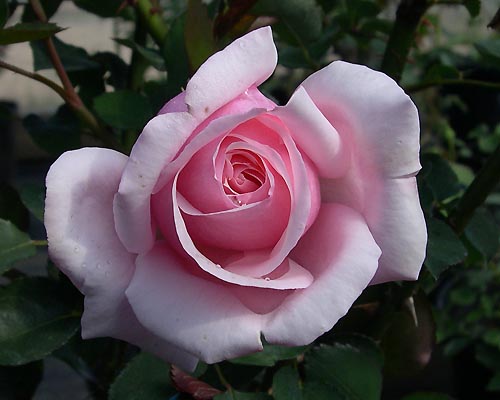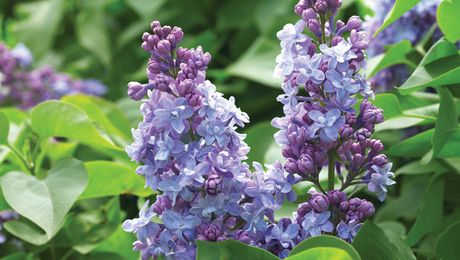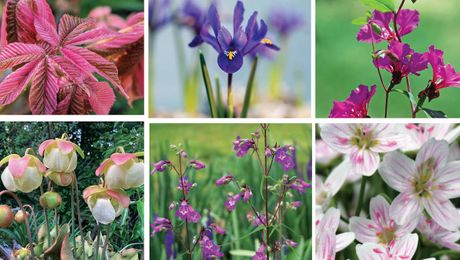
Photo/Illustration: Paul Zimmerman Roses

Photo/Illustration: Paul Zimmerman Roses
During the 1800s repeat flowering roses from China began to arrive on the sails of the clipper ships. Four of them, ‘Slater’s Crimson China’, ‘Parson’s Pink China’, ‘Hume’s Blush Tea-scented China’, and ‘Parks’ Yellow Tea-scented China’ became collectively known as The Four Stud Chinas. In time they were crossed with the Old European Roses. Like any cross of a repeat flowering rose with a spring flowering roses their first offspring did not repeat. But subsequent generations did.
From these the Bourbon roses developed as did Noisettes. China and Tea roses also continued to develop. All roses relatively easy to care for and grown widely throughout the world. The Bourbons remain today one of my favorite classes of roses along with the Portlands; the latter being the only repeat flowering class of roses found in Europe before the Asian roses arrived.
During this era an English cattle breeder named Henry Bennett introduced the record keeping and purposeful crossing of cattle to achieve desired qualities into rose breeding. Until then rose breeding was mostly left to whims of nature as hips were harvested, seedlings grown and then released into commerce without much knowledge of parentage and without intent of achieving certain qualities.
Henry Bennett purposefully took pollen from one rose to another, noted the cross and documented the results. He discovered over time that he could influence the outcome of the roses he was breeding by using certain roses again and again. The result is rose breeding much as it’s done today. The fact that today’s talented breeders can breed for characteristics such as disease resistance, stripes and shorter growth habit can be traced back to Mr. Bennett.
Fine Gardening Recommended Products

A.M. Leonard Deluxe Soil Knife & Leather Sheath Combo
Fine Gardening receives a commission for items purchased through links on this site, including Amazon Associates and other affiliate advertising programs.


















Comments
Log in or create an account to post a comment.
Sign up Log in